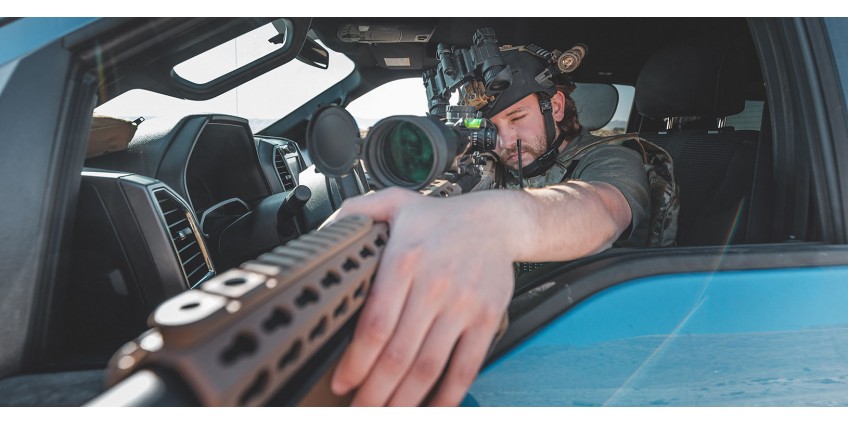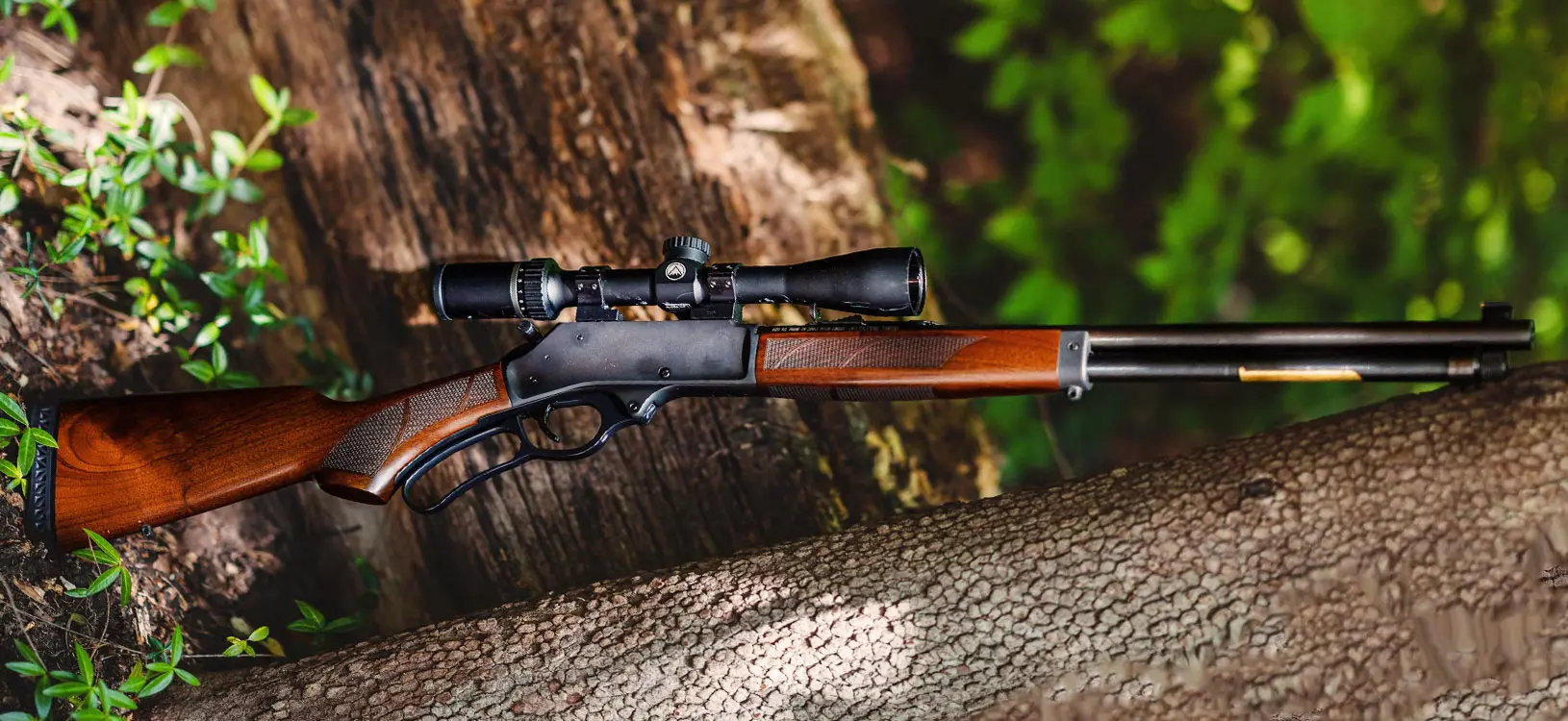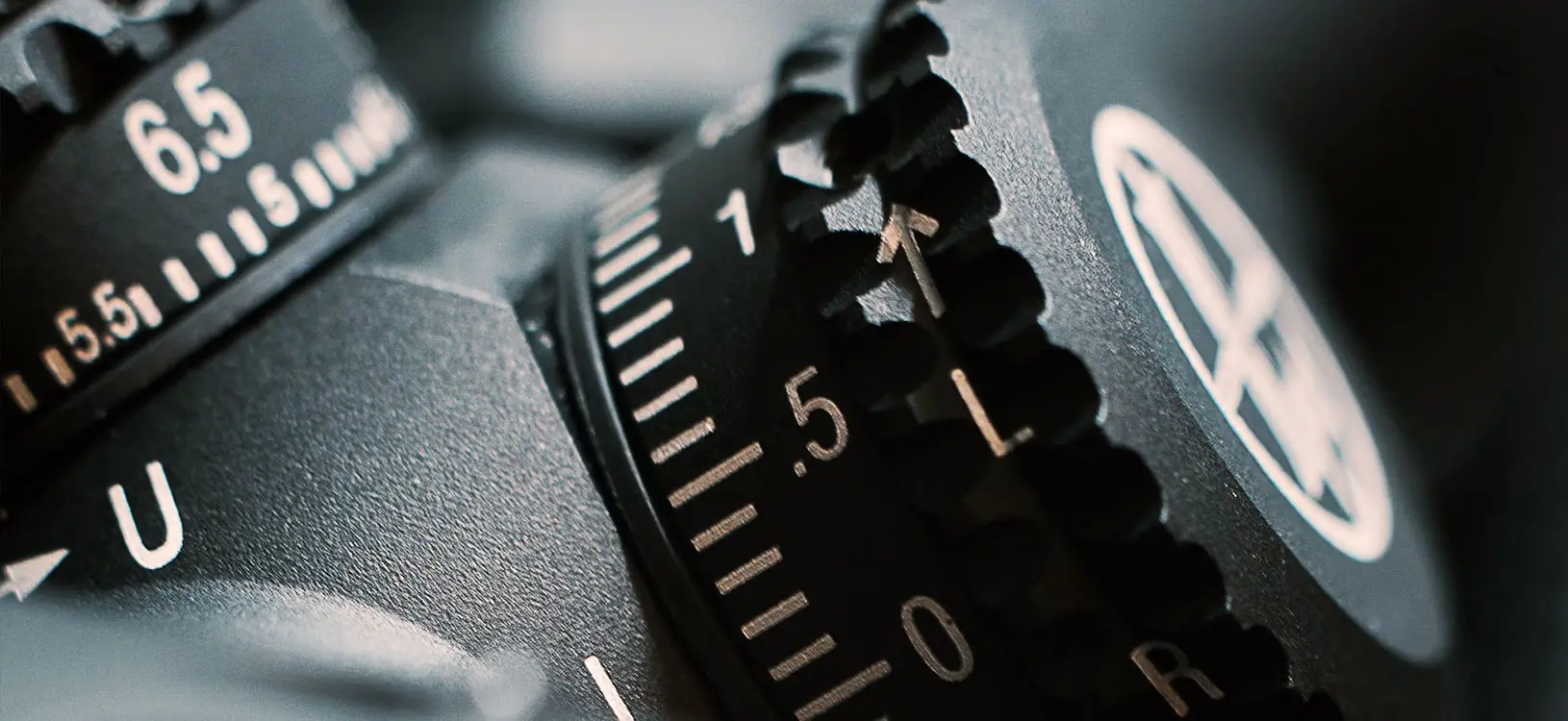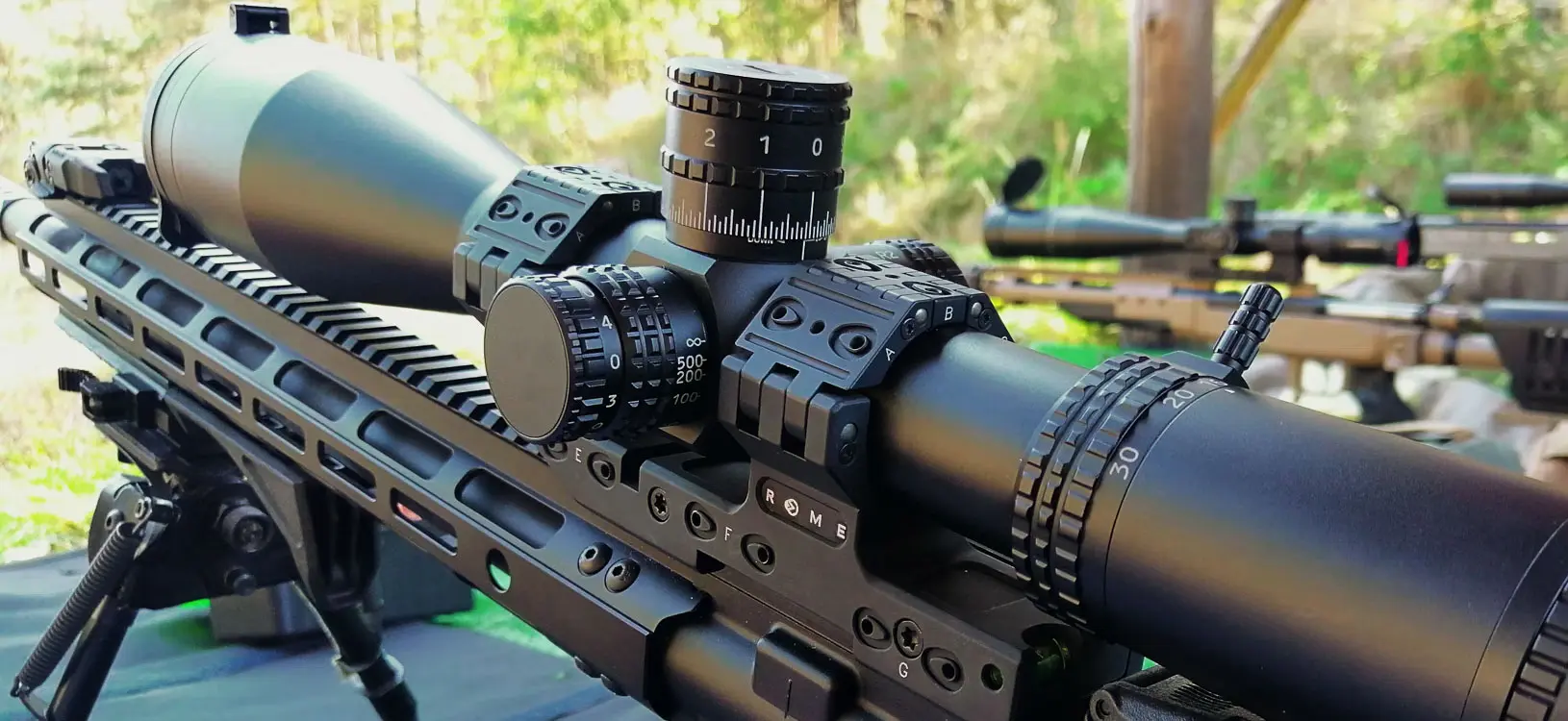
This product is not exportable outside the United States.
By adding this item to cart, you agree and acknowledge the Export Policy and confirm that you are a person in the United States with no intentions to illegally export the device.
This product is not exportable outside the United States.
By adding this item to cart, you agree and acknowledge the Export Policy and confirm that you are a person in the United States with no intentions to illegally export the device.


0

0


Sights of various types are widely used in multiple fields of activity. They help protect the state's borders, neutralize dangerous criminals, protect essential objects, and hunt large and small animals. Each model of such optics has a unique marking. If you know how to decipher it, you can significantly simplify choosing a sight and quickly find the most suitable product for yourself.
Rifle scopes are a big focus of various optical instrument manufacturers these days. These products are compact metal tubes. Inside, there are several lenses. This design is standard, and on its basis, all existing types of sights are created.
Each rifle scope has magnification settings. They are displayed as numbers and an "x" symbol, showing how often the sight picture will be larger than the actual image. There is constant and variable magnification.

Any sight produced has a marking. This marking tells the potential buyer about the device's features and characteristics and helps them better understand its capabilities. To learn all this information in advance, you need to study the standard designations that manufacturers indicate in the names of their products.

Magnification power is indicated by numbers and the symbol "x." It shows how many times the target size will be visually more prominent.
The objective lens diameter is indicated after the magnification power. It corresponds to the lens's size.
The zoom ratio, indicated by a number and the symbol "x," is obtained from the zoom range by dividing the maximum focal length by the minimum.
Each perfect scope specifies the primary tube size, affecting the scope adjustment range.
This value shows the available range of horizontal adjustments of the rifle scope.

Appears as a series of numbers, allowing the reticle to be placed in the same focal plane as the target image.
This value shows the available range of elevation adjustments.

All sights produced today have a specific marking consisting of numbers and letters. These symbols carry information about the characteristics and features of each optics model. Knowing their values, one can determine the practicality of a purchase and the possibility of using it to achieve specific goals with one product name.
This means the scope has a 50mm objective (lens in millimeters) and a magnification of 6x-24x.
This means the scope has a 40mm objective lens diameter and magnification of 3x-9x.
Magnification range of 6-24x – a good option for long-range shooting, and 3-15x – short-range shooting.
Modified: Mar 10, 2025 | 01:36 pm
Table of contents